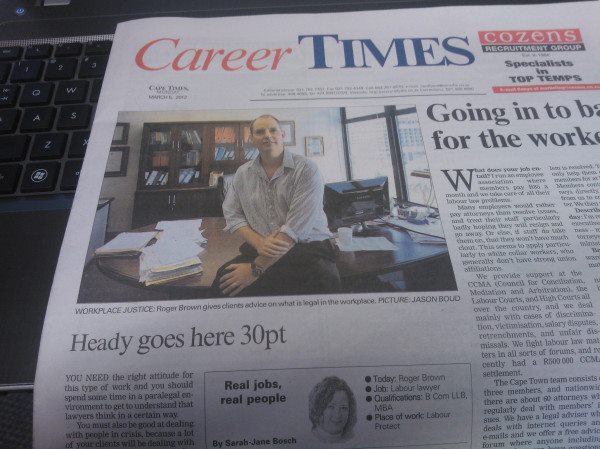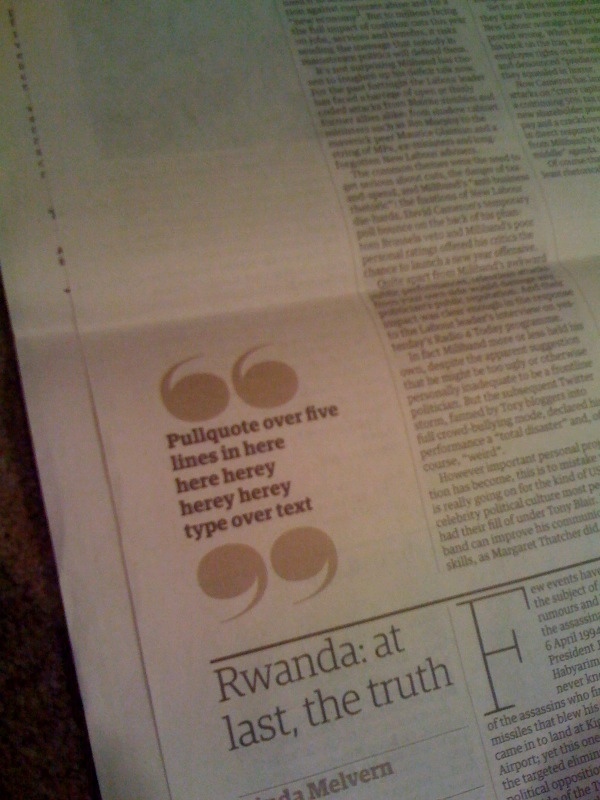Cap Watkins in Just Ship*:
We work in a world now where fast isn’t good enough. Where quantity is fairly regularly getting edged out by quality. You shipped twelve just-good-enough things this year? You’re about to get smoked by folks who shipped three of those things thoughtfully and holistically. Where you cut corners on twelve projects to get them out the door, someone else crafted three focused experiences and left themselves little-to-no design or technical debt.
This also describes why arbitrary release dates are poison to good quality products. It forces teams to cut corners to hit a date, which puts them in a more vulnerable position than if they just took the time to do things right.
Also:
Why do we never have time to do it right, but always have time to do it over?
— Alan Skorkin (@skorks) April 10, 2013









